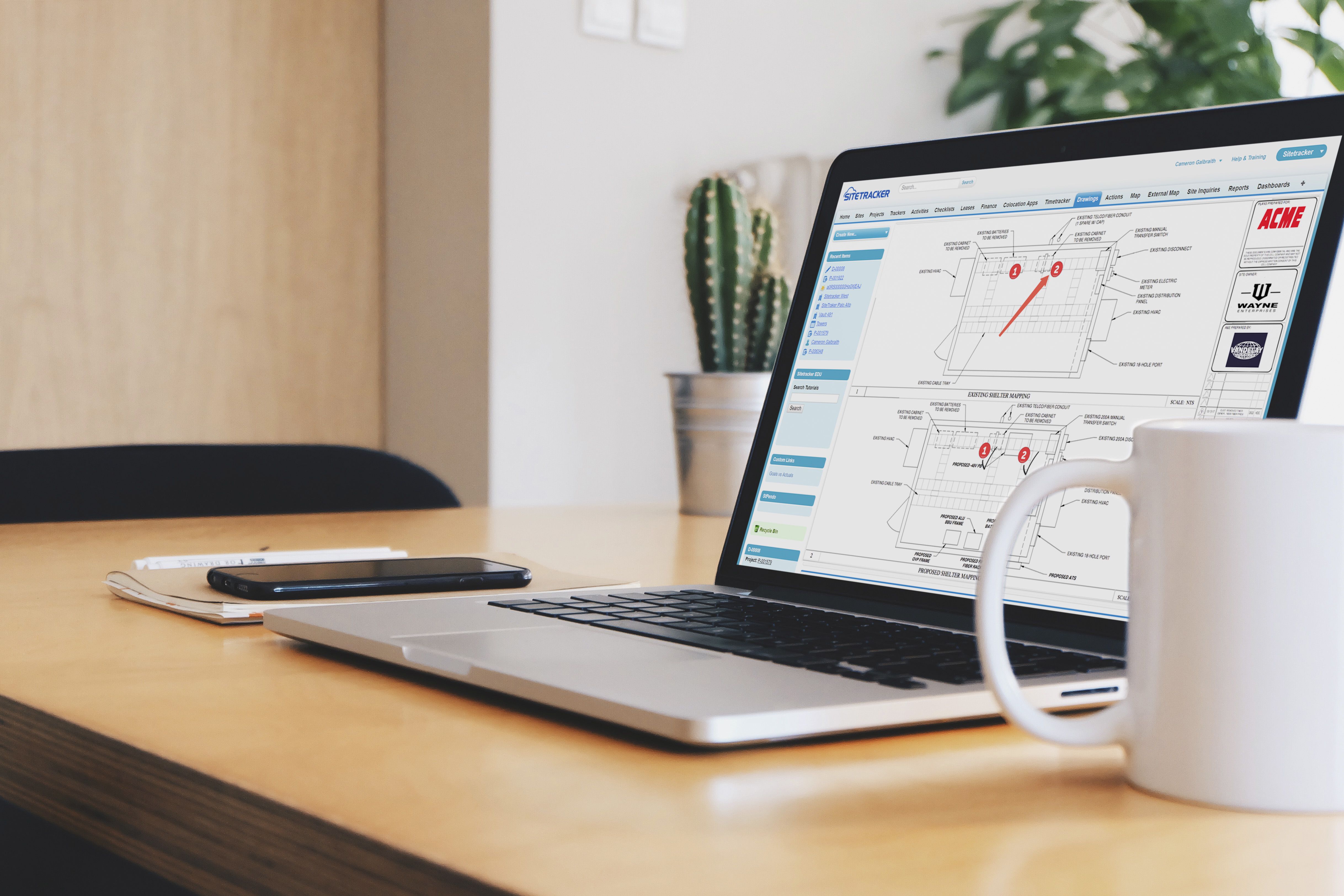This week we released a major update! Each new release we deliver involves a period of earnest collaboration between us and our valued customers. This release is no different.
We delivered on that collaboration in this update, bringing customers document collaboration replete with versioning, markup, and in-context commenting.
Document Collaboration and Markup
Fewer meetings, more collaboration — that’s part of our vision for the future of project management.
Effective organizations need the ability to share and review documents without friction or conflicting versions. That’s why we built Collaborative Document Management, to enable you to collaboratively mark up any PDF document with over 15 different ways to add annotations, text, highlights, and comments.
You can interact with existing annotations, which creates a discussion with multiple users. You can accept, reject, cancel or mark annotations as complete, as well. All of these changes are saved in the document history and this feature has full version control built in. View a full list of annotations and comments, including their statuses and export as PDF if you’d like.
Increase Operational Efficiency Throughout the Leasing, Permitting, Zoning, and Regulatory Stages
There are four major phases prior to starting construction on a site-based project:
- Leasing
- Permitting
- Zoning / Right of Way
- Regulatory / Environmental
Document collaboration is a key workflow in these stages, especially in the permitting, zoning, and regulatory phases. Ideally, your team would have a repository of project documents that is not only a central source for information during this process but provides a single source of truth. Sitetracker’s Collaborative Document Management does exactly that, specifically through:
- Zero effort versioning: This means that you have access to every version of the document, with historical context, and know which version is the most up-to-date.
- Contextual Commenting: Comment on documents directly. Comment on comments to create discussion threads.
- Markup Tools: Communicate changes and feedback to documents visually with intuitive drawing and shape tools.
Without these features, your team gets tied up in email chains, miscommunication, disparate markup systems, and multiple file repositories. It’s a mess that affects your bottom line.
Using Collaborative Document Management empowers your team to work seamlessly through these stages with ease, with the ability to look back at the process and understand who was responsible for each change. This means one source of truth.
Deep Dive: Tower Construction
Let’s dive deeper into a common use case: tower construction. You’ve chosen a site for new construction and you’re ready to get your building permit. You upload the structural drawing to Sitetracker and its automatically shared across your team. You have the most recent document to use during the zoning and permitting process.
If the zoning or permits aren’t approved, your team can make changes and suggestions on the drawing while tracking the history of those markups, which results in quicker turnaround from your architecture and engineering vendor. Using document markup and commenting you ensure that each stakeholder can comment on the most up to date drawing and that the version that’s submitted to the zoning board is the correct version.
By improving document collaboration on new tower construction projects for these two steps, you are creating a framework for quicker turnaround on reviews and approvals. By speeding up the process from permitting to regulatory approval, you reduce the time to ROI on new construction.
We’re offering custom demos of the new release: claim yours now!
